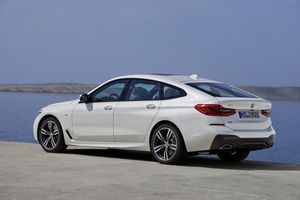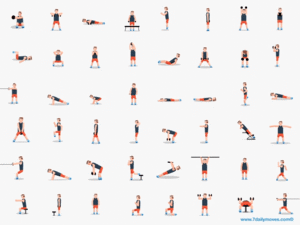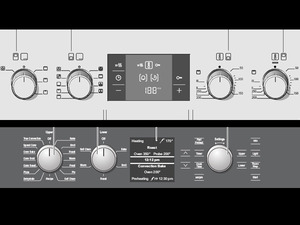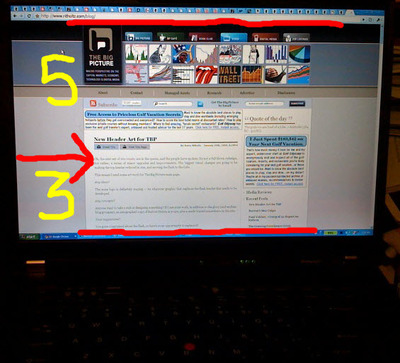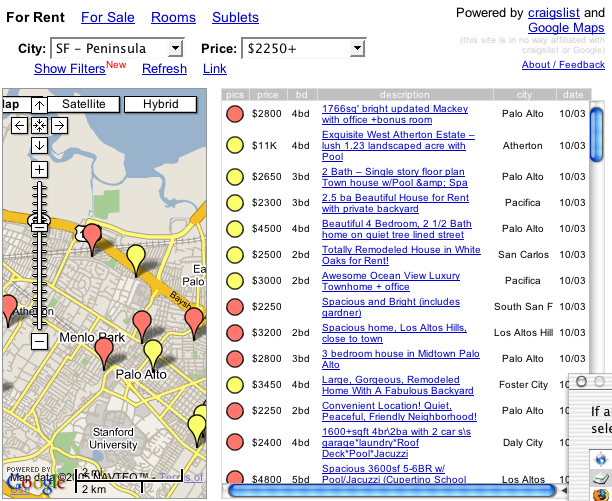As shelter magazines foundered, up came a new breed of self-curating, design-smart amateurs spurred to resourcefulness by the recession and assisted by the Internet in finding materials and furnishings at deep discounts. The result is an outpouring of homegrown inventiveness -- sofas upholstered with burlap coffee sacks, stereo speakers made from Ikea salad bowls, party decorations conscripted as permanent ornamentation.
Every offbeat detail is critiqued and discussed in the comment fields of design Web sites. For the moment, the grass-roots novices have upstaged the experts. The amateurs "aspire to a certain level of interior design, but professional help is beyond their reach," Ms. Lemieux said. "So they go at it their own way. Now they're the authorities."
Ms. Lemieux's amateurs are not trying to imitate the polished work of a master, as, say, the culinary enthusiast Julie Powell did when she faithfully worked her way through the Julia Child oeuvre. On the contrary, the movement -- it's more accurate to call undecorating a movement than a single identifiable style -- takes subversive pleasure in breaking the rules. Harmony and balance are passé. Excess is encouraged. Fabrics are mismatched. Wallpaper spreads over moldings and ceilings.
Anything goes, as evidenced by a Chicago couple who parked an Airstream trailer in their loft. While modernism wagged a disapproving finger at those who dared breach its formal orthogonal lines and rigid color palette, undecorating delights in residential anarchy. "There's no longer any good or bad," said Maxwell Gillingham-Ryan, a founder of Apartment Therapy, a home design blog. "That new openness is the story. We're all swirling around together."
Mr. Gillingham-Ryan started his site seven years ago to help galvanize the growing ranks of design-literate amateurs discontented with the role of passive consumer. Its audience has swollen to five million unique visitors a month, an increase of 166 percent in two years.
If Mr. Gillingham-Ryan is the populist hub of the emergent do-it-yourselfers, their aesthetic hero is Todd Selby, a photographer whose three-year-old Web site, the Selby, has become an indie version of Architectural Digest. Organized as a series of visits to the homes of writers, musicians and other creative types, the site shows rooms filled with artful clutter -- taxidermy, thrift shop paintings, exquisitely peeling wallpaper.
The central tenet of the undecorate movement is that personal expression matters more than professional polish. In keeping with that sentiment, the Selby reflects the outlandish, idiosyncratic taste of the residents. "It's still in the underground phase," Mr. Selby said of his sensibility, "but it's starting to break through." Last year Mr. Selby published "The Selby Is in Your Place," a collection of roughly a thousand photographs and sketches from his site.
Continue reading "A new breed of self-curating, design-smart amateurs spurred to resourcefulness " »


